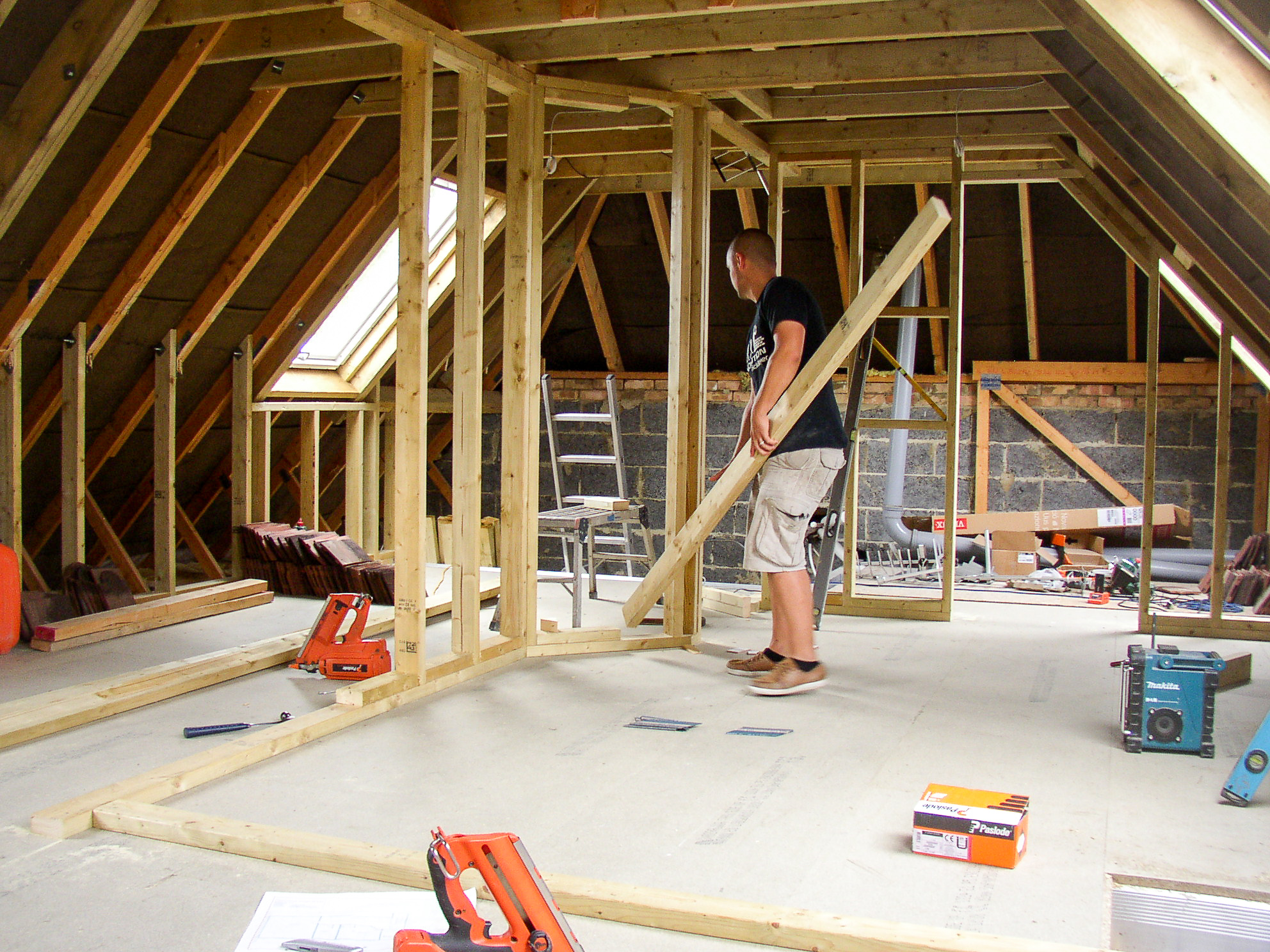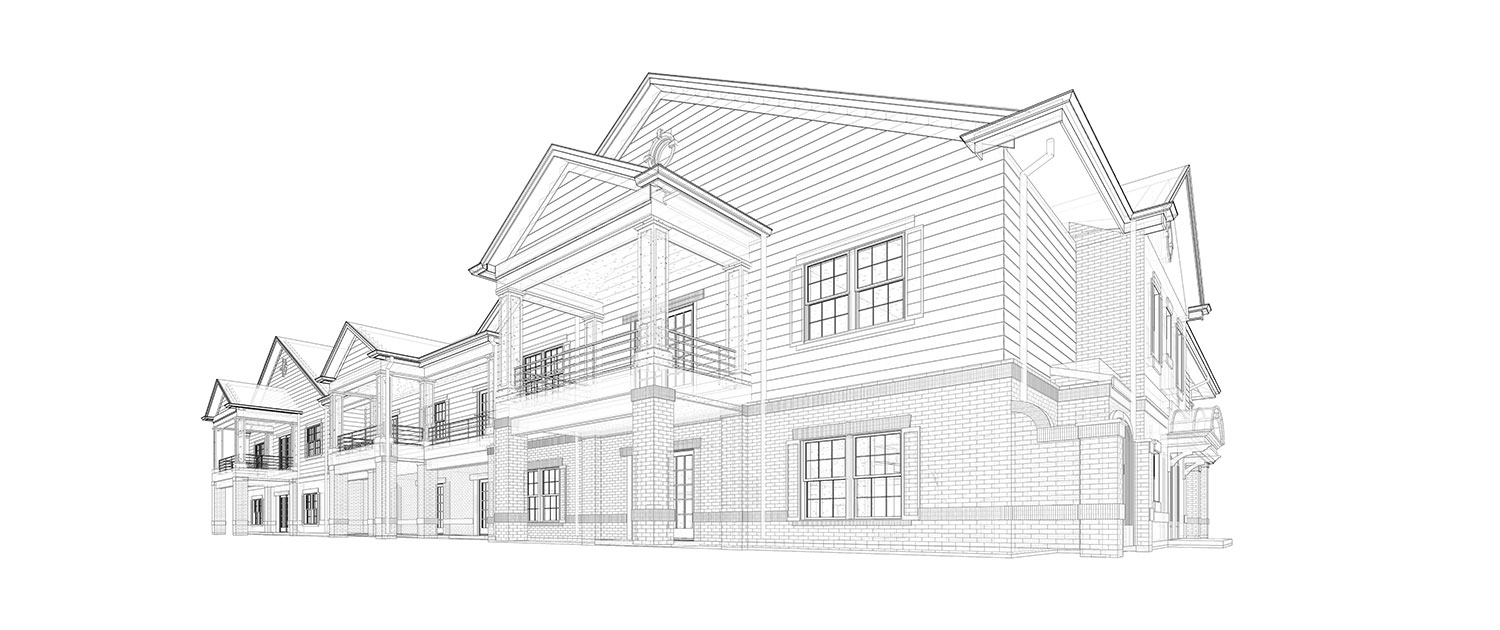Home renovation is without doubt one of the best ways to get the home you want.
It can also make you a good amount of money when you come to sell too, if done right.
And therein lies the crucial word: Done right.
Renovating a house can be costly when mistakes are made and hugely stressful, too.
The answer?
Proper preparation and planning – and that’s where our step-by-step guide to home renovation comes in…
Renovating a house: Where to start
When taking on a renovation project knowing where to start can be tricky.
To begin with, you should consider whether a renovation project is right for you in the first place.
If you’re sure it is, being sure what you want to achieve from your renovation is key and part of that comes from knowing and understanding the property you want to remodel…
How old is my house?
If you’re wondering how to find out how old your house is, it’s actually a pretty easy process.
Knowing a little bit about your property before you begin refurbishing it will help you get the best result.
To find out how old your house is, the best place to start is the Land Registry.
The Land Registry holds records of all land in England and Wales, but your local authority could also be a good place to glean more information about your property, too.
Renovating a house: Step-by-step
1. Find the right renovation project
The first thing you’ll need when undertaking a home renovation is a home!
But finding the right property to renovate isn’t always easy.
You’ll need a property that will work for you once work has been completed, but also one that will hopefully see you make a profit when you do eventually come to sell it.
It’s easy to spot a property in need of work simply by looking through the online portals like Rightmove and Zoopla.
But that doesn’t always mean value for money – particularly if the property is on a road with a ceiling price.
When looking for a property to renovate, you should always:
- Look at any work neighbouring properties have had done, like extensions
- Consider the outdoor space to the rear and sides if you’re planning an extension – is there enough room?
- Research the most recent sale prices in the road and check out any work that has been done at those properties to establish if the road has a ceiling price
- Have a survey done on the property you’re looking at – a surveyor will check for major, potentially costly problems like subsidence, damp or drainage issues
- Obtain a building report, which will tell you which construction methods were used throughout the house so you can plan how you’ll renovate the property
- Get a measured survey, which will provide detailed drawings of the property’s layout – you’ll need this for any planning application
2. Do you need planning permission?
If you’re planning major work as part of your renovation, you may need planning permission.
This can take time, so establishing if it’s required early in the renovation process is key.
So, do you need planning permission?
If you’re not changing the outer footprint of your property, there’s a strong chance you won’t need planning permission.
You will almost certainly need building regulations approval for any structural work or electrical installation, though.
A lot of work can often be carried out under permitted development, including:
- Single storey extensions
- Loft conversions
- Conservatories
- Porches
- Decking
- Basement development
- Parking
The best thing to do, though, is to always check with your local authority whether you need planning permission or not for the work you wish to carry out.
3. Decide what’s staying and what’s going
When undertaking a large-scale renovation, it can be easy to fall into the trap of stripping a house back to its bare bones.
And while turning a property into a shell can enable you to tackle every area with your own touch and taste, it will also mean more expense – when there could be elements of your property you should keep.
Before starting out with major work, think about your property’s original features and how you could use them with the plans you have in mind.
Not only will keeping some things save you money, it could also help preserve the character of your property.
Think about whether you should keep:
- Doors
- Windows
- Fireplaces
- Decorative features like coving
- Beams
4. Schedule of works example
When renovating a house, you’ll require a clear schedule of works.
This is essentially a list of every job that needs to be done during your renovation project, listed in order.
When working with a builder or contractor on a home renovation, a schedule of works also acts as a loosely binding contract between you, the homeowner, and the person doing the work, helping you ensure everything remains on track and within budget.
Here’s an example of a schedule of works for a fairly large renovation project:
External work
- Brickwork and pointing to match
- Render and paint exterior
- Clean, repair and replace roof tiles where needed
- Repair chimney where needed
- Repairs to render on front elevation
- Replace front elevation windows x4
- Full clean of render to side elevation
- Replace frosted window to side elevation
- Remove climbing vegetation to rear elevation
- Replace rear elevation windows x4
- Remove sliding doors to ground floor kitchen and replace with French doors
Internal work
- Remove all carpets on ground floor and replace with supplied wood flooring throughout
- Remove kitchen and internal wall between kitchen / dining room
- Remove radiators and replace with new wrought iron rads
- Fit new kitchen and appliances
- Remove existing fire surround, plaster wall and make good
- Remove all carpets on first floor
- Remove internal wall between bedrooms four and five, plaster walls and make good
- Remove existing first floor bathroom suite, tiles and flooring
- Fit new bathroom flooring, tiles and suite
- Remove existing front door and fit new composite door
- Remove all rubbish and skip
- Lay new resin driveway to front
5. Access to your property
Major renovation work requires major machinery.
So, before you start any work, you’ll need to establish, with your builder or contractor, how they are going to get large machinery on to the site of your property.
You may also have to speak with your neighbours if access is required via their land or if machinery access will impact on them in any way.
6. The work begins
This is where your schedule of works becomes to the go-to document for your home renovation.
Once your property is stripped back and ready to be remodelled or any extension built, your builder or contractor will move on to what’s known as first fix jobs.
These include:
- Removing or adding internal walls
- Adding door linings
- Adding floors
- Adding window frames and units
- Fitting plumbing structures like soil pipes and drainage connections
- Fitting items that will sit behind plastered walls, like ducts, alarms and wiring for things like heating thermostats
- Once the first fix stage is complete, your property’s walls will be ready for plastering and any floor screed will be laid.
Second fix jobs come next and include:
- Fitting light fittings, sockets, TV and phone points
- Door hanging and fixing of architraves
- Bathroom and kitchen fitting installation
- Fitting all radiators, boiler system and controls
- Installation of kitchen
- Boxing in and plastering any exposed pipework
7. Snagging
If you think of your home renovation like a major surgical operation, it should come as no surprise that your property needs time to recover from lots of renovation work.
And during that time, problems can occur, including:
- Newly plastered walls cracking
- Minor leaks
- Heating system issues
- Decorative scuffs and scrapes
Your builder should honour any snagging issues and return to rectify them after the house has settled for a few weeks or months at no extra cost.
House renovation costs
How much your property renovation will cost depends on a whole multitude of factors.
Firstly, the amount of work you’re undertaking and the time it will take.
Secondly, your budget will be affected by any issues you encounter during the renovation – all houses can have gremlins and surprises lurking, so you should always expect your budget to be tested no matter how prepared you are.
Generally, though, these are the figures you should expect to pay for some of your renovation work:
Extension: £25,000-£50,000
Loft conversion: £40,000
Bathroom renovation: £6,000-£10,000
Kitchen renovation: £7,000-£15,000
New windows: £400-£600 per unit
New heating system: £4,000
Your renovation questions answered
In what order should I remodel my house?
The order in which you undertake work to remodel your house is key.
Generally, most renovations will follow this order of work:
- Strip out and removal
- Structural work – floors, ceilings, walls
- First fix work – plumbing, heating wiring
- Plastering, flooring
- Second fix work – plumbing, heating, wiring
- Bathroom, kitchen fit-out
- Decoration
How do I start my renovation?
The first place to start when renovating a property is communication and learning.
No tools should be picked up until you have spoken to builders and architects, the local authority regarding planning permission or until you have a plan for what you want to achieve from your renovation.
How do I plan a home renovation project?
The best way to plan a home renovation project is to spend plenty of time considering all the options for work.
Then speak to a number of builders before opting for the best fit.
Once you have your builder in place, draw up a clear schedule of works so everyone involved in the project is abreast of what’s expected and the timeframes for work.


